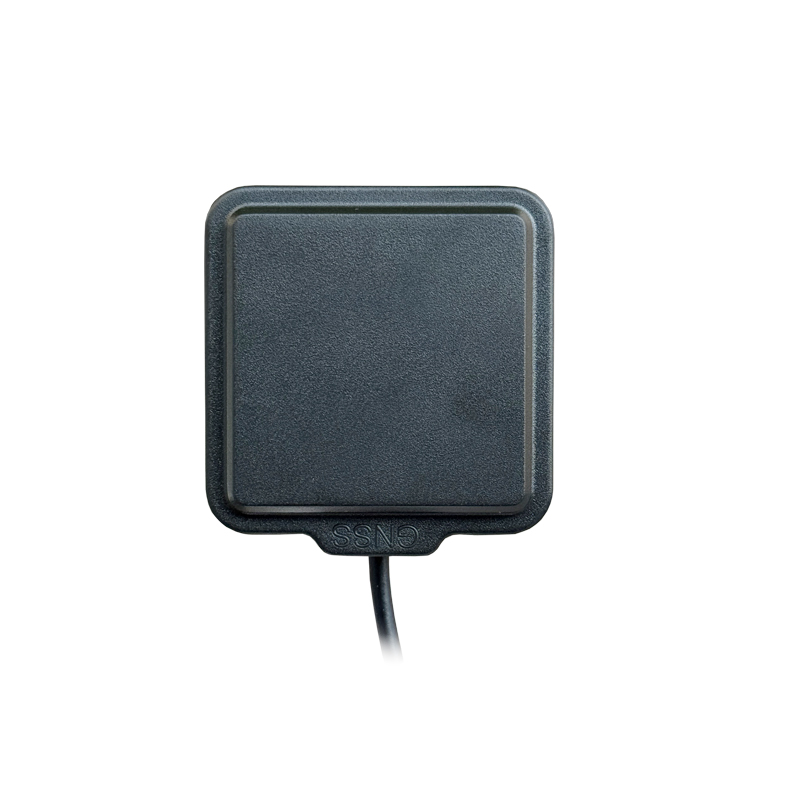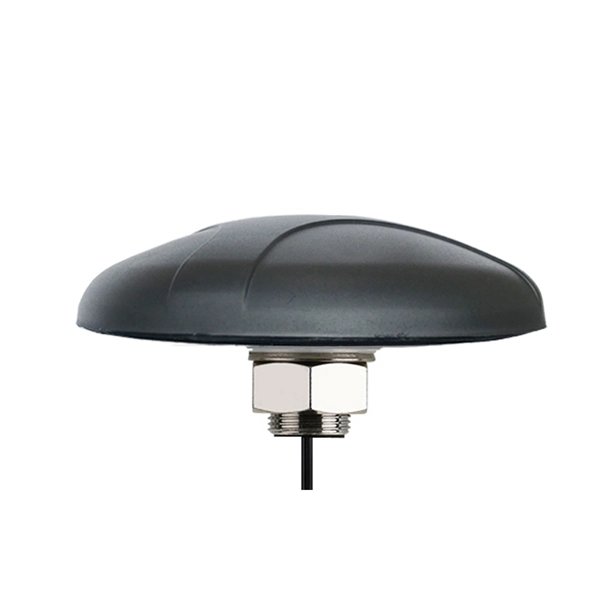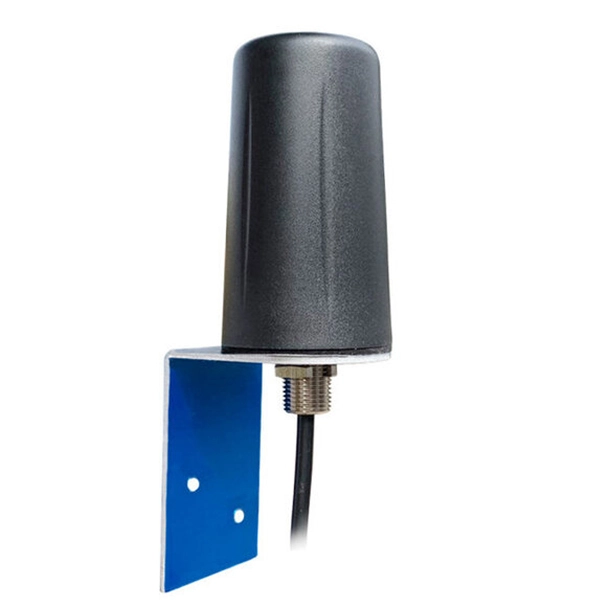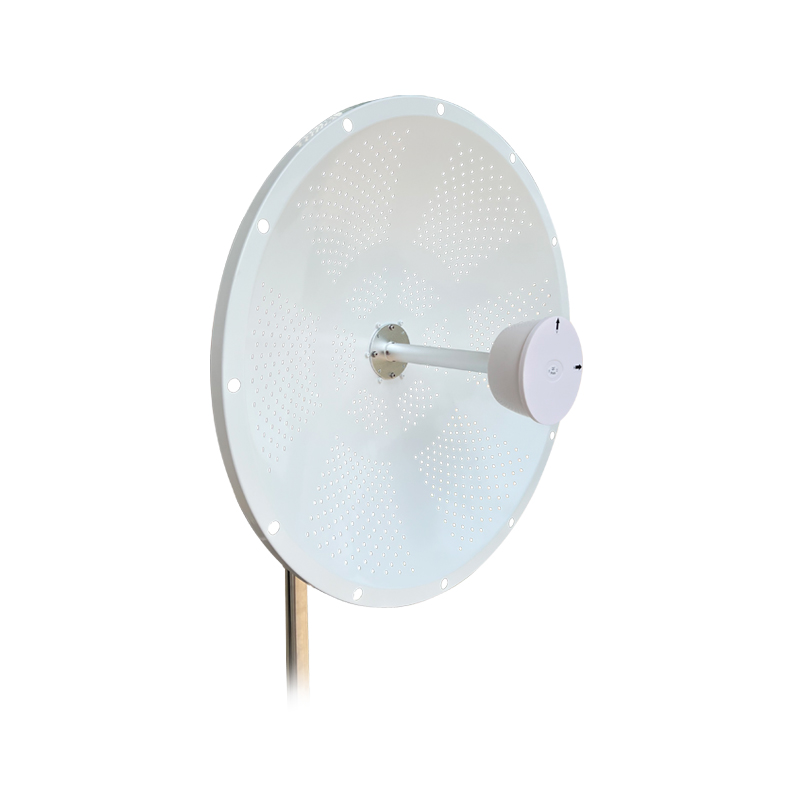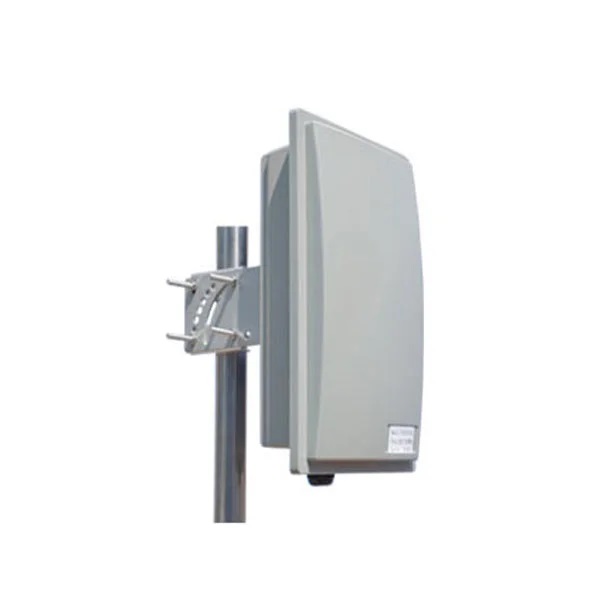In this ever-evolving world of technology, where staying connected is no longer a luxury but a necessity, it is fascinating to explore the advanced mechanisms that make it possible for vehicles to have seamless connectivity. One such innovation in the automotive industry is the use of combination antennas. In this blog, we will uncover the technology behind combination antennas and discuss their importance in providing reliable and efficient connectivity for vehicles.
What are Combination Antennas?
Combination antennas are a result of technological advancements that have revolutionized vehicle connectivity. Unlike traditional antennas that were designed for specific purposes, combination antennas are multifunctional. They incorporate multiple antennas into a single system, making them capable of handling various wireless communication functions simultaneously. These functions can include GPS, Bluetooth, Wi-Fi, and cellular reception.
Advantages of Combination Antennas
The integration of multiple antennas offers several advantages in terms of vehicle connectivity.
Enhanced Performance: By having multiple antennas within a single unit, combination antennas can optimize signal reception by selecting the best available signal amongst different frequencies. This improves the overall connectivity performance, resulting in faster and more reliable data transfer.
Technology and Functionality
Combination antennas rely on advanced technology to ensure efficient vehicle connectivity. These antennas are equipped with multiple RF (Radio Frequency) elements, each dedicated to a specific wireless communication function. RF switches and filters play a crucial role in seamlessly switching between different antennas, channels, and frequencies.
Moreover, combination antennas are designed to minimize interference between different wireless communication functions, ensuring optimal performance for each. This is achieved through careful engineering and the use of advanced electronic components that prevent signal degradation and interference.
Applications of Combination Antennas
Combination antennas are extensively used in vehicles to support a wide range of wireless communication functionalities. Whether it be improving GPS accuracy for navigation systems or enabling hands-free calling via Bluetooth, combination antennas play a crucial role in enhancing vehicle connectivity.
Combination antennas are a remarkable technological advancement that has transformed the world of vehicle connectivity. With their ability to handle multiple wireless communication functions simultaneously, they offer several advantages, including space efficiency, enhanced performance, streamlined design, and cost-effectiveness. As the demand for connected vehicles continues to rise, combination antennas are anticipated to play an even bigger role in revolutionizing the automotive industry and ensuring reliable connectivity on the roads.

 English
English